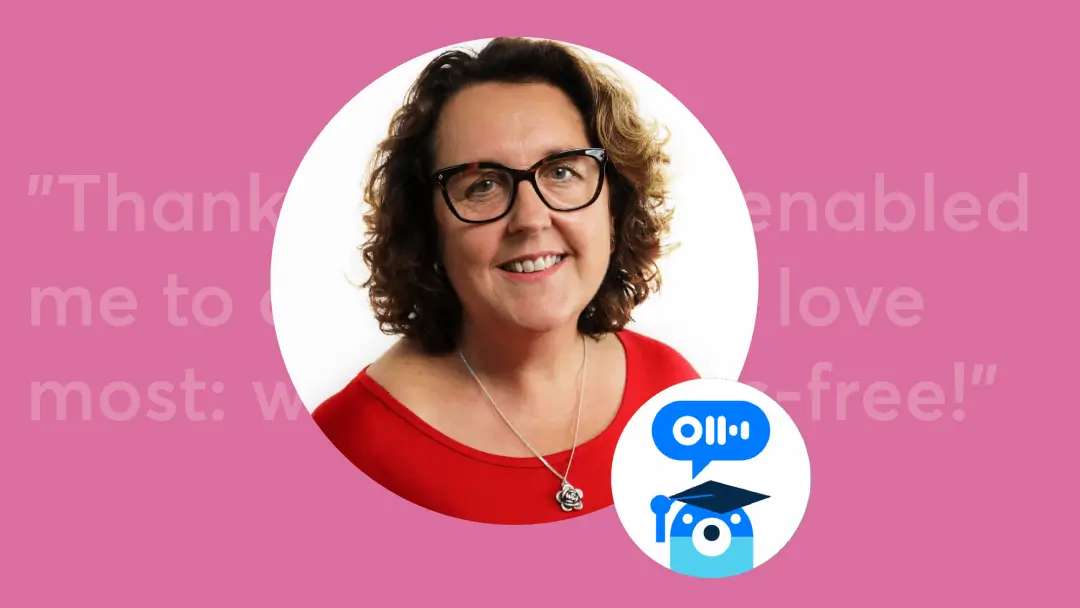Sales Pitch Strategies and Examples: How To Win Over Your Audience

A strong sales pitch is the difference between winning a customer over and losing them entirely. It’s their first impression of your product or service, and you need to explain what makes it stand out — often in just a few minutes.
Ready to put your best foot forward? Here’s a guide to what a sales pitch is and strategies to improve your sales performance.
How to create an engaging sales pitch in 7 steps
Every great pitch has a few main components to draw listeners in and interest them in what you’re selling, like a hook, pain point, and call to action. But don’t forget to focus on the language, too. The more clear and concise you are, the faster you’ll teach people about your product or service.
Here’s more on how to do a sales pitch that turns leads:
- Capture your audience’s attention
You need a strong hook to get your audience's attention and give your pitch a sense of urgency. Consider a question, a fact, or a statistic that creates interest or a promise not to take advantage of your audience’s time. Anything works, as long as it’s intriguing.
- Articulate the pain point
Once you have the audience's attention, you’re ready to identify and articulate the pain point: the problem your product or service solves. The secret here is to show that you know what the problem is and that you can relate to it. When you show you identify with your audience’s need, it reassures them that you care and know what you’re talking about.
- Highlight your product’s unique benefits
Understanding your audience’s problem is moot unless you can solve it. Now’s the time to explain exactly how you solve the pain point above.
Your product’s unique benefits, or value proposition, go a long way toward convincing customers to try it. Focus on what makes you stand out: Why should they choose you instead of the competition?
- Personalize content
Much like a resume doesn’t land you the role unless you tailor it to the job, failing to understand your particular audience can tank your pitch. Research your audience’s needs and make sure your language and approach speak to them. When audiences feel understood, they’re more likely to accept your proposal.
- Support your pitch with data
Talking’s easy, but it only goes so far without evidence. You can’t brag about your product or service without offering data supporting its usefulness or results. Data can be everything from statistics to social proof, like case studies and customer testimonials.
- Create an emotional connection
Putting emotion into your pitch might sound like a breeze when you care so much about your product or service, but it’s easy to lose the plot or sound too pushy. Focus on your audience’s emotional needs instead of your own. This way, you build a connection through understanding instead of assumption.
And don’t underestimate the value of learning how to read your audience. Become well-versed in body language and facial expressions, which tell you whether your audience bit the hook or listened to you without engaging. Eventually, you’ll be able to pivot the pitch according to what the audience thinks.
- Maintain consistent follow-up
Calls to action (CTAs) give your audience clear next steps if they decide to accept your pitch. CTAs can be everything from asking for a response to suggesting a meeting — whatever creates sales engagement and a way to stay on your audience’s mind.
Not sure how to encourage potential customers to reach out? AI solutions like Otter Sales Agent streamline your efforts, extracting insights and sending follow-up emails to leads for maximum efficiency.
The secret to an excellent sales pitch: 6 tips and strategies
Now that you know the basics, here are some extra tips for a stellar sales pitch:
- Do your research
To write an excellent marketing pitch and close the sale, you need believable solutions, and that starts with understanding the challenge. Research the company, check its social media, and gauge its current pain points and potential common interests. The more obstacles you identify that your product or service can solve, the more likely you are to persuade them.
- Begin with a brief personal story
Starting with a brief anecdote that shows your expertise creates an immediate human connection with the audience. Tell listeners your origin story or how the product fixed a past client’s problem.
Try using imagery and interacting with the customers by asking questions. Getting them involved increases your connection and makes them more likely to listen.
- Use confident body language
You might already pay attention to the audience’s body language, but what about your own? How you carry yourself, make eye contact, and move as you speak tell your audience whether you’re confident about your arguments — and that makes all the difference.
To perfect your body language, record yourself and watch the video with an eye on your movements and posture. Make sure you stand up straight, appear confident, and avoid looking too robotic. Alternatively, ask a friend for their opinion. They might notice small things you don't.
- Ask a question that highlights the problem you’re solving
Being interactive is key to maintaining interest among your listeners. And asking questions is the easiest way to get everyone involved. Plus, if the question highlights the pain point that your product or service resolves, you can make a strong impression on the audience and reinforce the usefulness of your solution.
- Craft a narrative
Structuring your sales pitch around a narrative with a beginning, middle, and end keeps your audience engaged. But there’s a catch — the story you tell has to be relevant and interesting. Take the time to focus on the storytelling aspect of your pitch without losing sight of what you’re selling and why people need it.
- Practice your delivery
When you deliver your pitch to a prospective buyer, you need to balance confidence, authority, and relatability. And this winning combination doesn’t always come naturally (in fact, it rarely does).
Practice can help you become comfortable during the pitch itself. Stand before a mirror or role-play your sales pitch with a colleague. If you choose the latter option, you can also get feedback, which is always helpful.
3 effective sales pitch examples to boost your confidence
Here are a few examples of the best sales pitches to give you some inspiration:
- Elevator pitch
As the name suggests, the elevator pitch lets you tell your prospect your offerings in a minute or less. Here’s a loose template:
Hi, [name]. I’ve got a question for you: do you struggle with [pain point]? That’s what we aim to fix at [company]. Here’s how it works: [briefly present product or service]. We think we’re the best fit for you because: [give personalized explanation]. Would you like to schedule a longer meeting to learn more?
- Email sales pitch
Email sales pitches are ideal if you have a large pool of prospects. They’re convenient and let prospective clients review and save the information for future reference.
Nobody likes a generic email, so tailor each one to the recipient and avoid sounding too salesy — or your pitch may end up in the trash.
Here’s an example of a convincing email sales pitch:
Hi [name],
I’m [name] from [company]. We’re a [descriptor] company that helps customers [main benefit].
To keep it brief, here’s what makes our services stand out:
- [relevant fact or statistic]some text
- [relevant fact or statistic]
- [relevant fact or statistic]
I’m happy to provide more information if you'd like. Let me know if you want an overview of our services or prefer to schedule a virtual meeting.
[Sign off]
- Phone sales pitch
A phone sales pitch immediately forms a personal connection with your potential client, which can lead to more engagement. Plus, using an AI transcription solution like Otter Sales Agent during a cold call lets you extract key insights for future conversions.
Here’s a basic script template, plus responses for acceptance and rejection:
Hi, [name], this is [name] from [company]. I’ve been researching [prospect’s company], and I’d love to hear more about [common challenge].
We work with companies in your industry to help them with [common challenges for which you have value propositions]. Are you interested in learning more?
Answer 1: Yes, I’d like to know more.
Great. Let’s set up a free demo, or let me arrange a call with an account executive for you.
Answer 2: I’m not interested at this time.
No problem. Do you mind me sending you a follow-up email to review and arrange a call with a salesperson tomorrow or later?
Enhance your sales pitches with Otter
Ready to enhance your sales pitches with Otter.ai? Let’s talk.
Otter’s sales-specific meeting assistant, Otter Sales Agent, automatically extracts Sales Insights, writes follow-up emails, and pushes call notes to Salesforce and HubSpot.





















